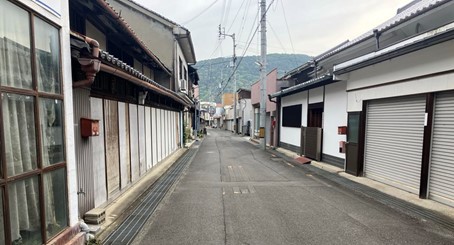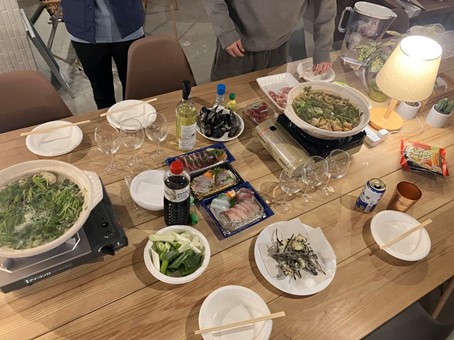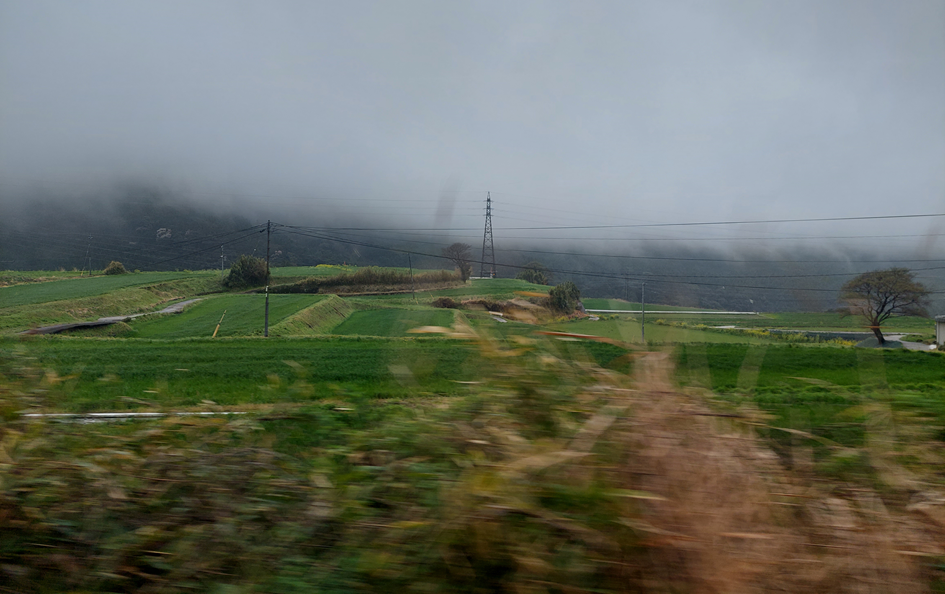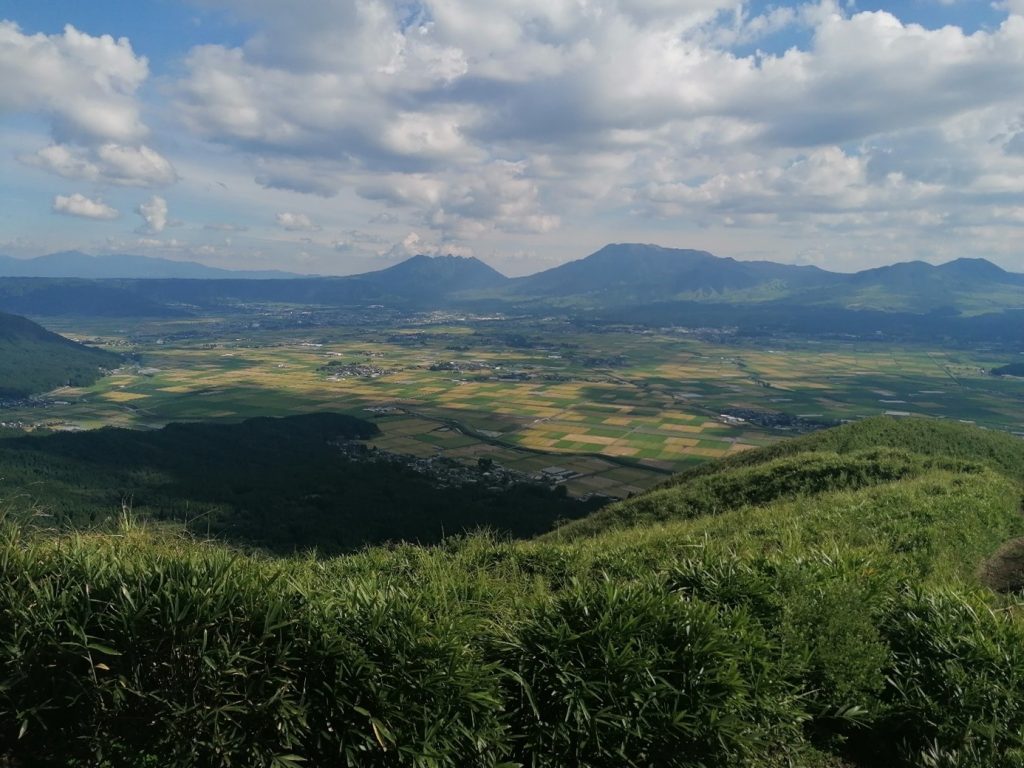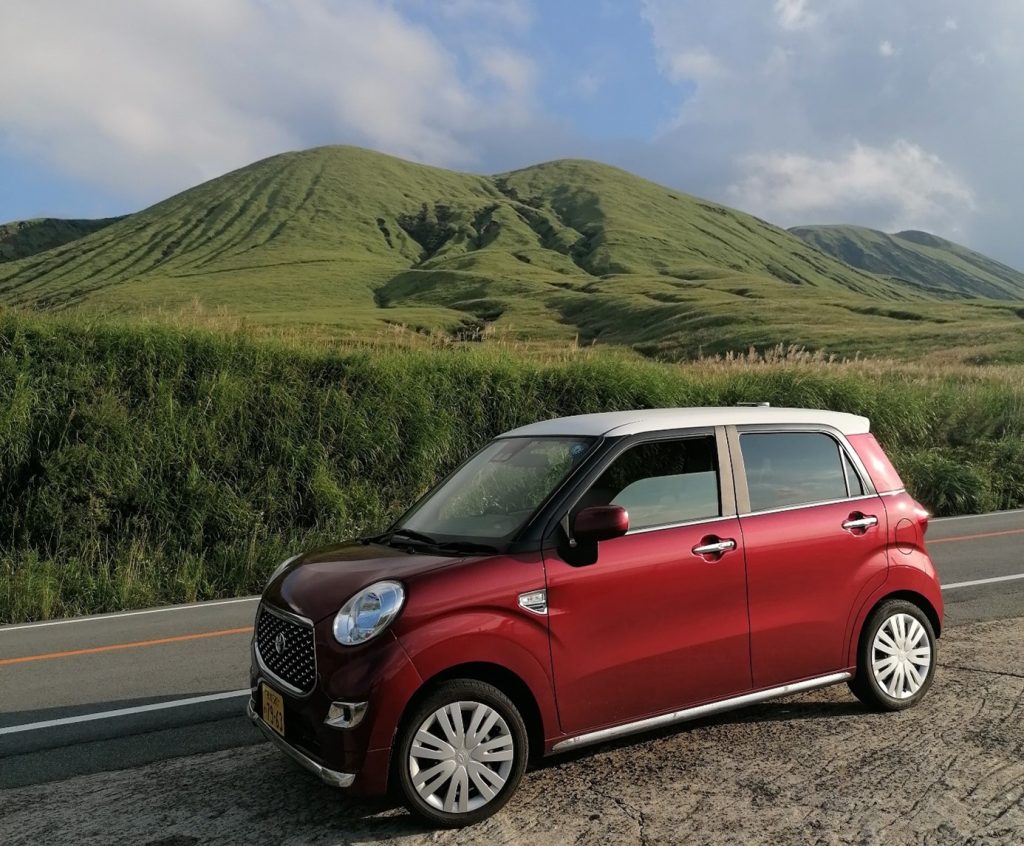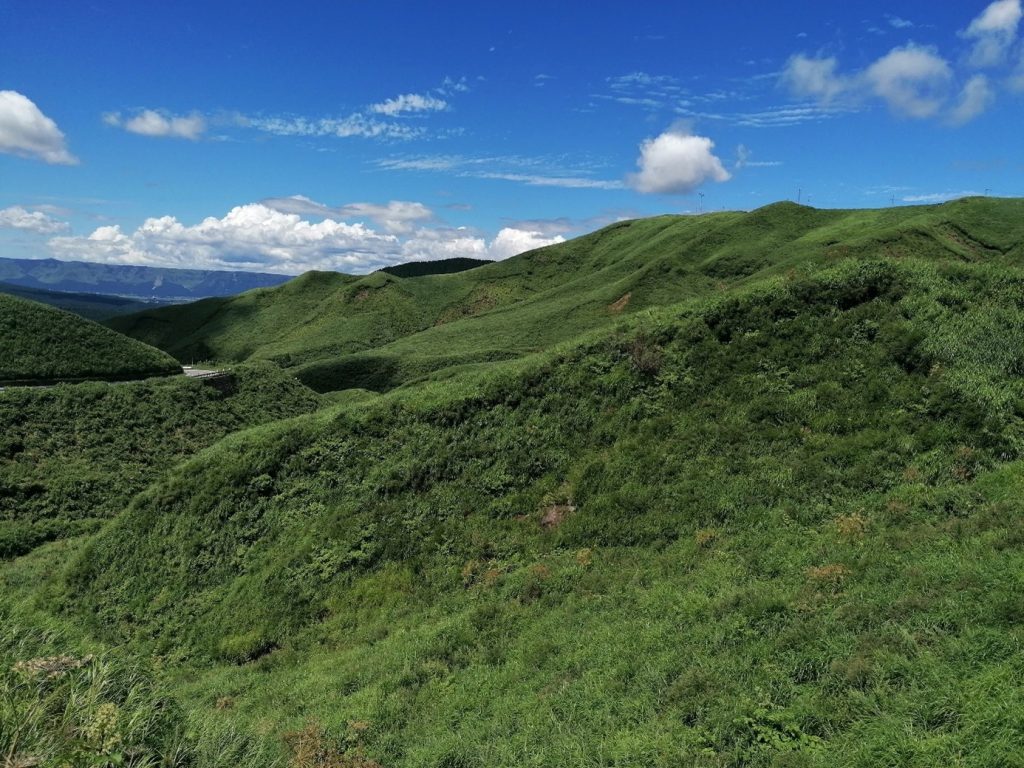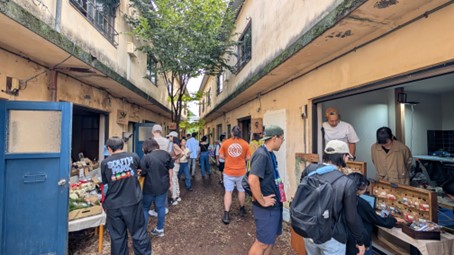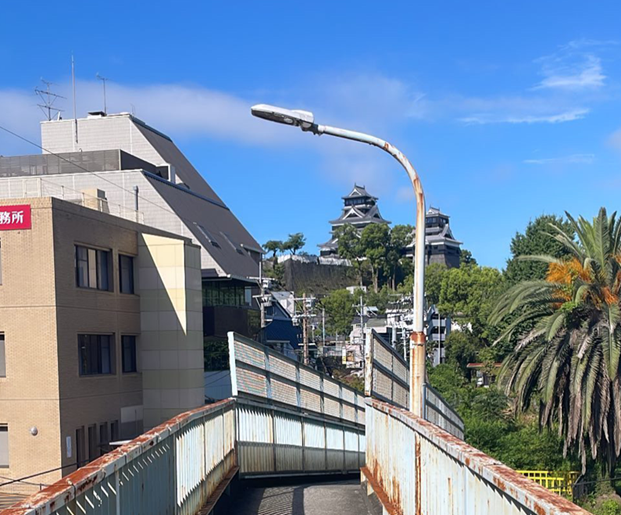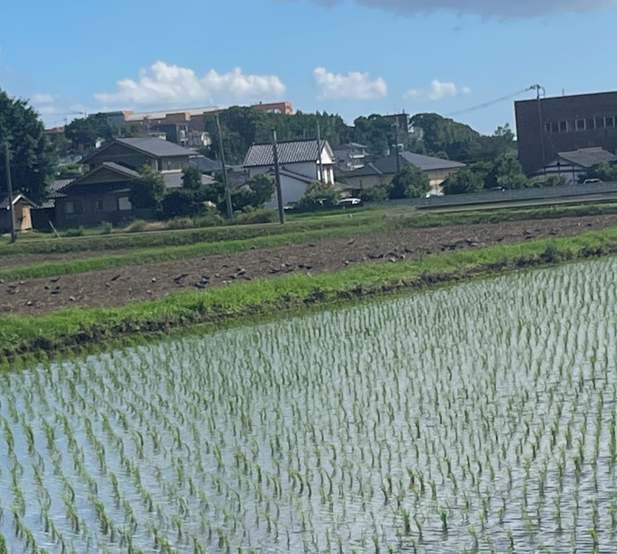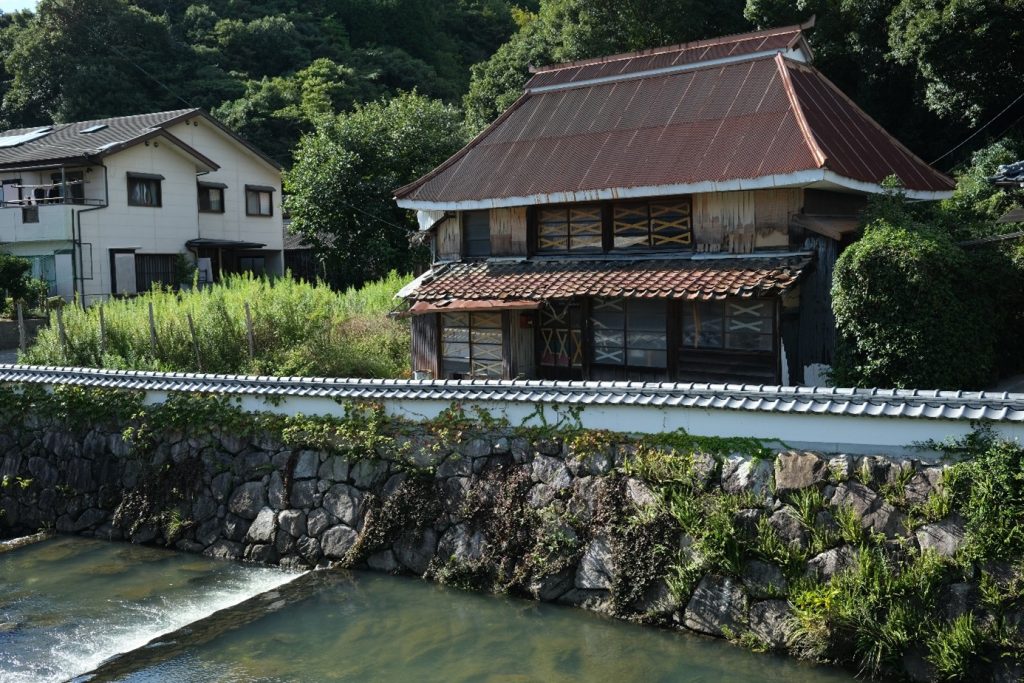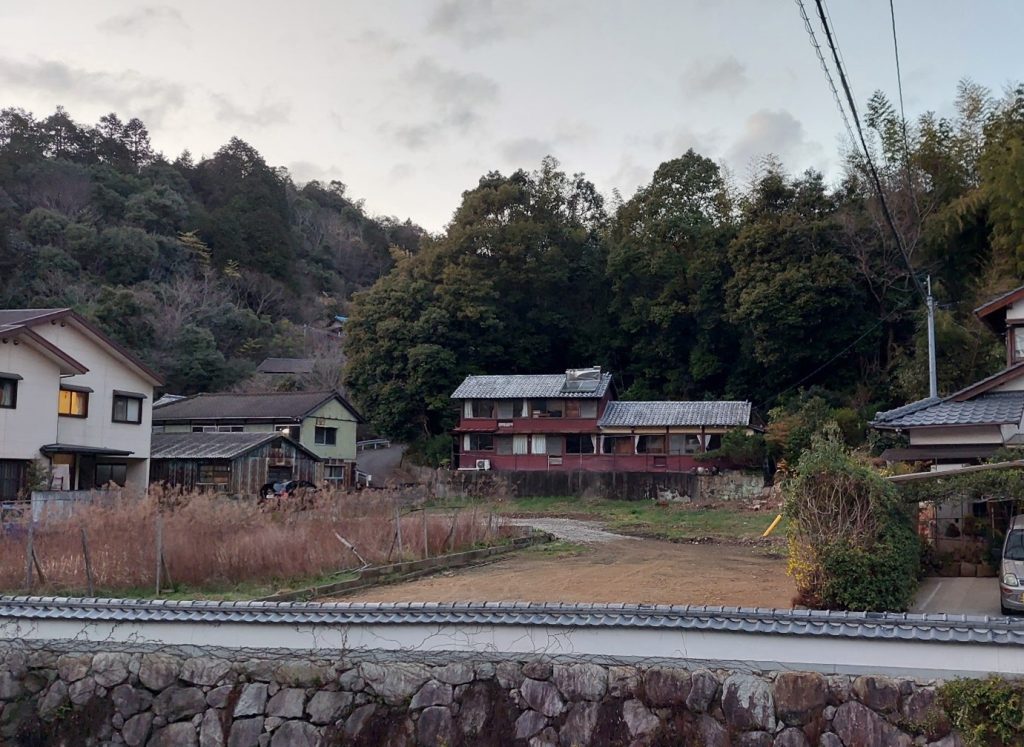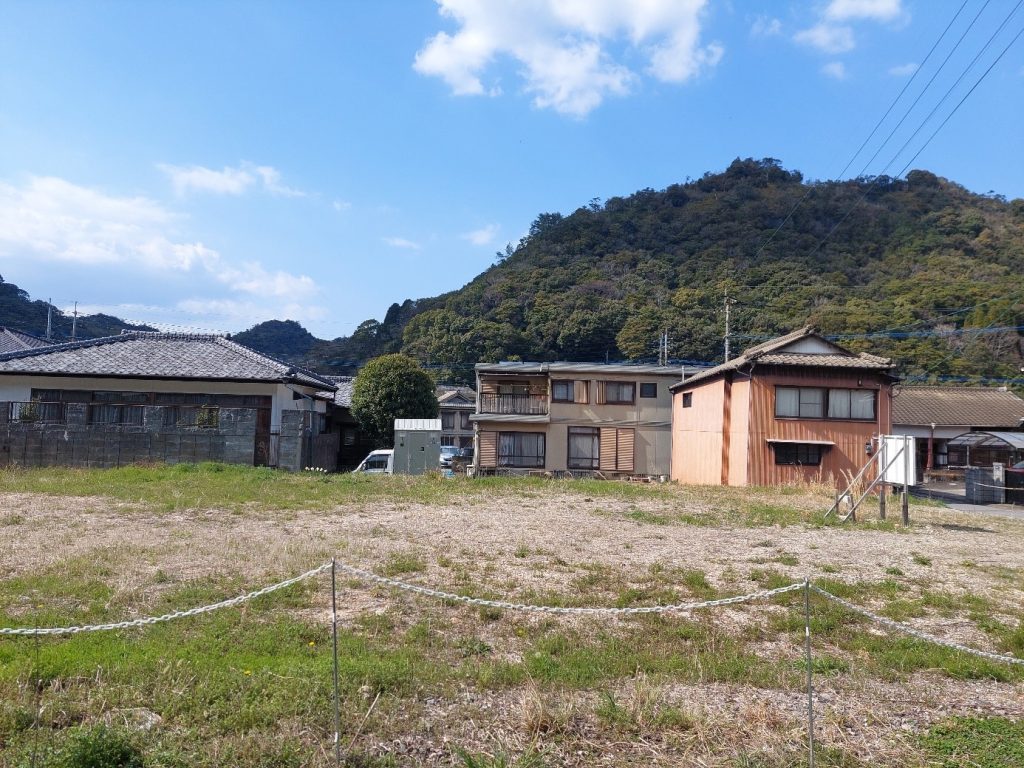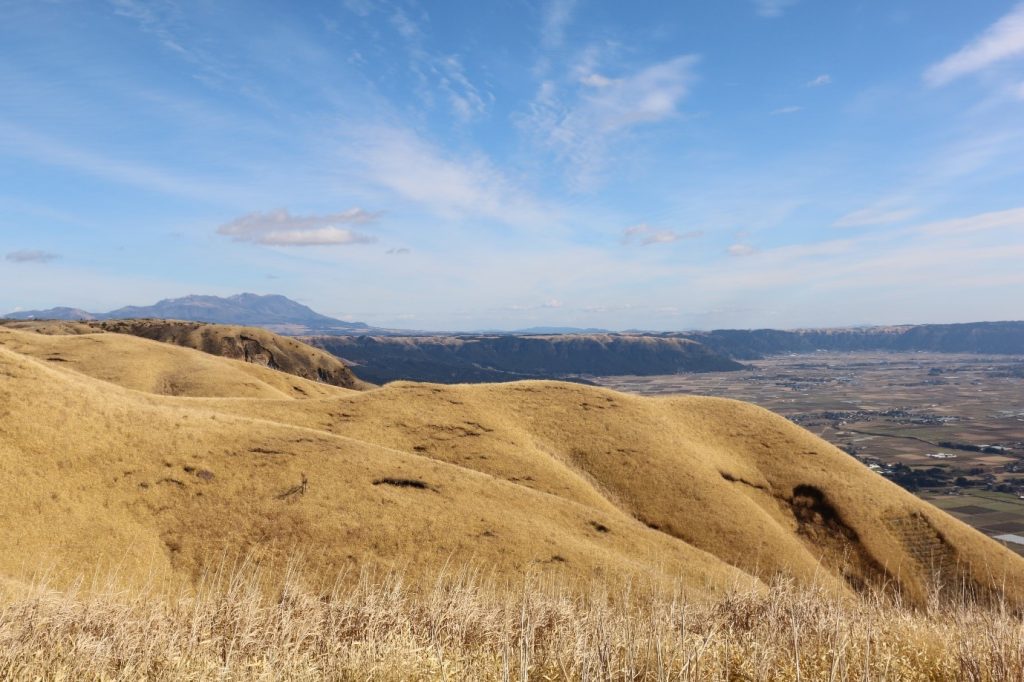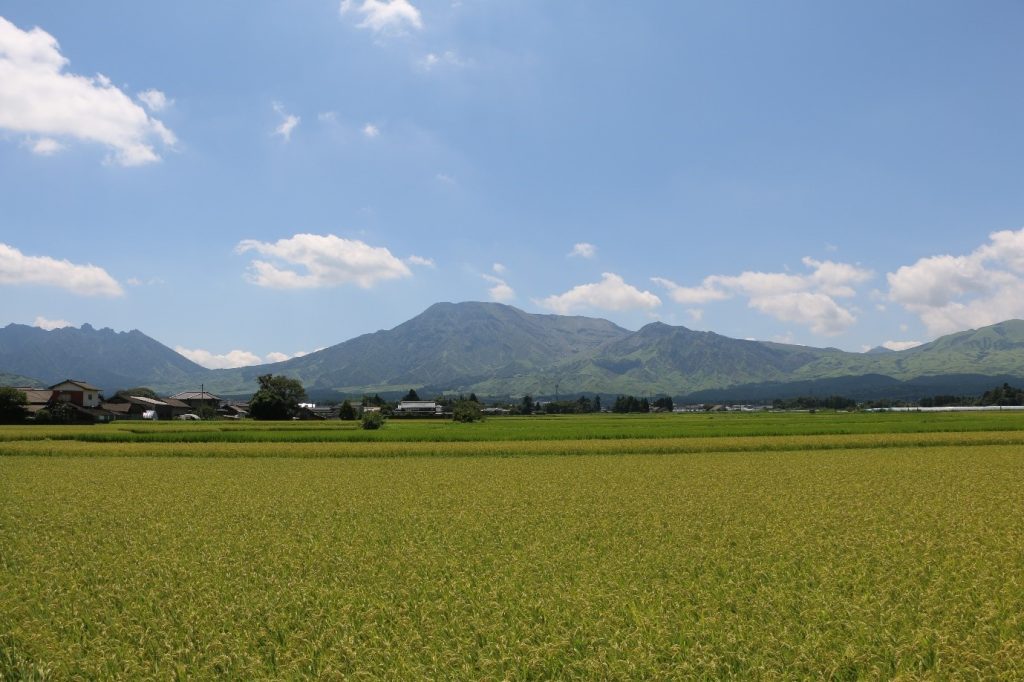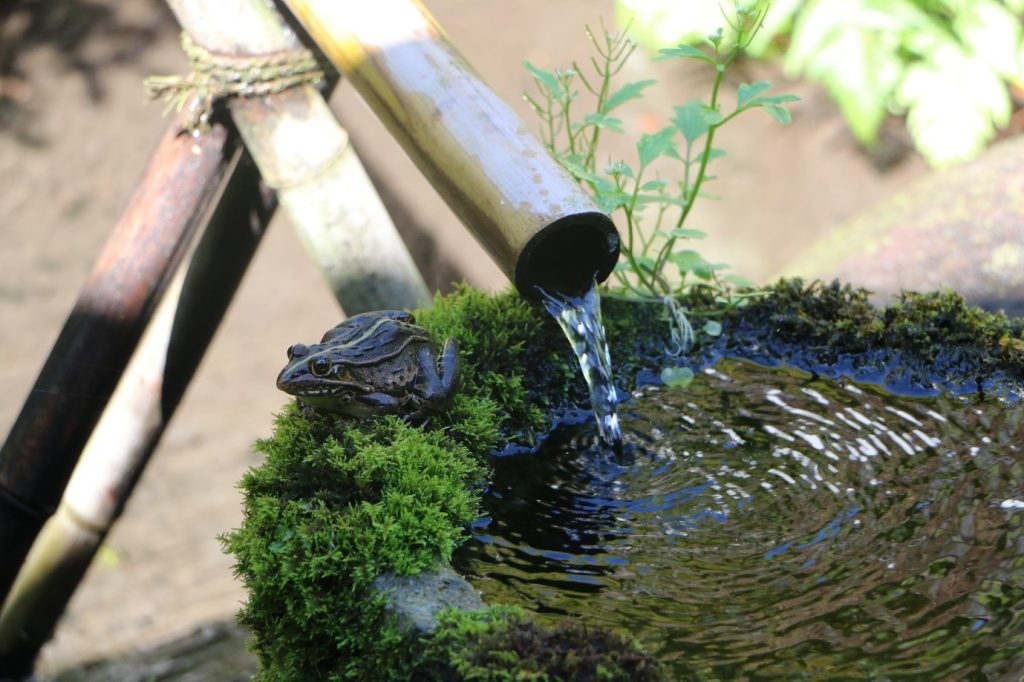by Cornelia Reiher
Many urban-rural migrants in Japan relocate to the countryside because they are looking for a community and meaningful social relations. They contrast the anonymous urban space with more closely-knit social ties in the countryside. However, rural life often includes unexpected loneliness. Newcomers’ well-being matters to rural municipalities, because local governments try to attract new residents in order to fight depopulation and rural decline. If, however, migrants feel lonely and leave, they cannot contribute to rural revitalization, local governments might receive less subsidies in the future and population decline continues. To create spaces, where newcomers can build community, sharehouses became quite popular among urban migrants in the countryside. They are places where community is negotiated between urban and rural residents.

Copyright © Cornelia Reiher 2023
In my interviews with urban migrants in rural Kyūshū, newcomers remembered their urban lives as mainly commuting back and forth between their work and their small apartments in buildings where they knew no one. Among other reasons, they mentioned a longing for meaningful social relationships as a reason to relocate to the countryside. However, urbanites often move to rural areas based on idealized notions of community, and once they start their new lives, some felt lonely, judged or excluded. This is especially true for single women over the age of thirty. My research participants in this age group reported that they were either criticized for being single or confronted with attempts to set them up with the sons of their neighbors. Urban migrants who had come to rural Japan through the Chiiki Okoshi Kyoryokutai Program (COKT) often felt unaccepted, isolated or monitored. They often feel obliged to justify their funding to the municipality and its residents or stressed by their high visibility in everyday life and the often too close connections with neighbors. And most COKT members are very busy and have little opportunity to socialize outside of work (with each other or with locals) (Reiher 2025).
The Covid-19 pandemic made things worse. Despite the initial low infection numbers in most rural communities, social and community life changed greatly. Although the pandemic has led to a positive reassessment of the countryside and an increase in urban-rural migration, opportunities for urban newcomers to meet people were limited as local festivals and events were cancelled. Voluntary social distancing remained the norm until 2023. (Reiher 2024). Many migrants who moved to rural areas during the pandemic reported that they had little social contact at first and suffered more than others from the migration barrier (ijū no kabe) after the pandemic, as locals had no opportunity to get to know them. In some cases, this led to migrants only socializing with other migrants and parallel societies emerging, while in other cases, migrants who suffered from loneliness, isolation, or exclusion moved away again after a short time. Moving into a sharehouse was a solution for others.

Copyright © Cornelia Reiher 2023
According to Caitlin Meagher (2020), a sharehouse boom in urban Japan began around 2007. However, in rural Japan, sharehouses are still rare. But with the increase of urban-rural migrants, their numbers have risen in the past decade. Especially in rural areas where the ‘traditional Japanese home’ and conservative family values are still strong, living with non-kin is perceived as “unusual” if not strange or even subversive by some local residents. Sharehouse residents I met stressed that they did not enjoy living by themselves and were explicitly looking for sharehouses when relocating to the countryside. Especially during the COVID-19 pandemic when it was difficult to meet other people, they could make new friends in the sharehouse and did not feel lonely. Many moved into sharehouses in the countryside after living alone for a long time and realized that living with others made their life richer. Others were scared when living alone in old detached houses in the countryside and all enjoyed shared meals and sharing food.

Copyright © Cornelia Reiher 2023
However, the idea of unmarried and non-kin people of different sexes living together under one roof, did not meet with approval of all locals in my field sites. Older people in particular had difficulty understanding such a lifestyle. This shows that sharehouses remain primarily an urban phenomenon. At the same time, the aging local community needs newcomers to sustain communal infrastructure and is willing to cooperate and engage with sharehouse residents and their alternative lifestyle. In this sense, sharehouses in rural Japan are places where newcomers and locals negotiate ideas of community, although newcomers’ ideas of shared living differ from the concept of “living-together” in mainstream rural society. The owners and residents of sharehouses imagine community in a new way, overcoming kinship-based notions of family and community. At the same time, they reach out to the locals and invite them to experience their way of living together. In addition, sharehouses in rural areas are places where urban migrants can live in the context of increasingly scarce housing. Sharehouses become transitional spaces for urban migrants, offering short-term stays to test rural life, housing for those facing loneliness and hubs for newcomers and locals to connect. Thus, sharehouses can serve as catalysts for change in rural areas, inspire migration and help alleviate social isolation.
References:
Meagher, Caitlin (2020), Inside a Japanese sharehouse: dreams and realities, London and New York: Routledge.
Reiher, Cornelia (ed.), 2024. Lived experiences of crisis in rural Japan: An anthology on the transformation of communities and migration during the COVID-19 pandemic, Berlin: CrossAsia Open Access Repository. https://doi.org/10.48796/20241202-000
Reiher, Cornelia (2025), “(In)visible newcomers: Foreign workers and internal urban-rural migrants in Japan’s countryside,” Journal of Rural Studies 114, https://doi.org/10.1016/j.jrurstud.2025.103561











